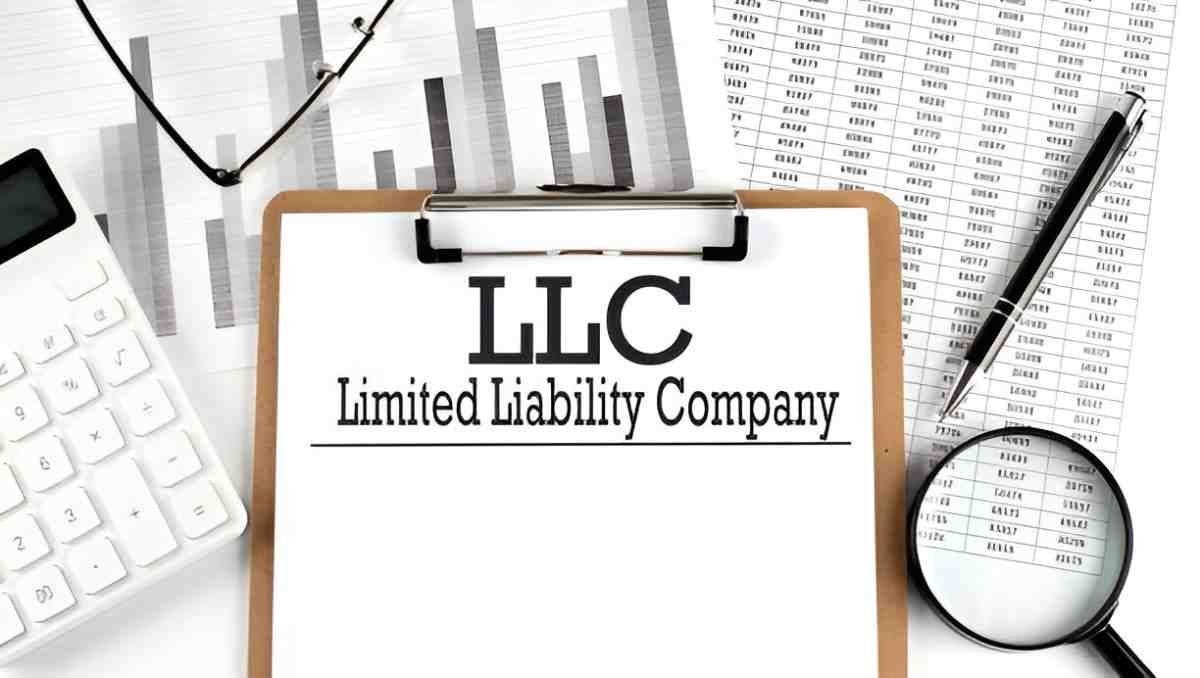Introduction
A private limited company is a popular business structure in the United States. It provides limited liability to its owners while maintaining operational flexibility. In this article, I will explore the various aspects of private limited companies, including their formation, governance, financial structure, taxation, and comparisons with other business entities.
Table of Contents
Formation of a Private Limited Company
A private limited company, commonly referred to as an LLC (Limited Liability Company) in the US, is formed by filing Articles of Organization with the state government. The process involves the following steps:
- Choosing a Business Name: The name must be unique and compliant with state laws.
- Filing Articles of Organization: This document outlines the company’s details, including its structure and registered agent.
- Drafting an Operating Agreement: Though not mandatory in all states, it is advisable to define roles, ownership structure, and operational rules.
- Obtaining an EIN (Employer Identification Number): Issued by the IRS, this number is necessary for tax filings and banking purposes.
- Registering for State Taxes: Depending on the state, additional registrations may be required.
Governance and Ownership Structure
Unlike corporations, private limited companies do not have a board of directors or shareholders. Instead, they have members who own percentages of the company. Governance is typically outlined in the Operating Agreement.
| Feature | Private Limited Company (LLC) | Corporation (Inc.) |
|---|---|---|
| Ownership | Members | Shareholders |
| Management | Flexible | Board of Directors |
| Compliance Requirements | Lower | Higher |
| Taxation | Pass-through or corporate | Double taxation if C-Corp |
Financial Structure of Private Limited Companies
The financial structure of an LLC is simpler than that of a corporation. Members contribute capital in exchange for ownership percentages. The profits and losses are distributed based on these percentages unless otherwise specified in the Operating Agreement.
Capital Contributions and Equity Distribution
If an LLC has three members contributing different amounts, ownership is typically proportional. Suppose:
- Member A contributes $50,000
- Member B contributes $30,000
- Member C contributes $20,000
Then, the ownership percentages are calculated as:
\text{Ownership Share} = \frac{\text{Individual Contribution}}{\text{Total Contribution}} \times 100 %For Member A:
\frac{50,000}{100,000} \times 100 = 50%For Member B:
\frac{30,000}{100,000} \times 100 = 30%For Member C:
\frac{20,000}{100,000} \times 100 = 20%Taxation of Private Limited Companies
A private limited company can choose to be taxed as a sole proprietorship, partnership, S-corporation, or C-corporation.
Pass-Through Taxation
Most LLCs opt for pass-through taxation, meaning the business itself does not pay taxes. Instead, profits and losses pass through to members’ personal tax returns. The tax liability for an individual member is calculated as:
\text{Tax Liability} = \text{Net Profit} \times \text{Member’s Ownership Percentage} \times \text{Applicable Tax Rate}If an LLC earns $200,000 and Member A holds a 50% share, and their tax rate is 24%, the tax liability is:
200,000 \times 0.5 \times 0.24 = 24,000Corporate Taxation
If an LLC elects to be taxed as a C-corporation, it faces corporate income tax, currently at 21% in the US. The after-tax profit is then subject to dividend taxation when distributed to owners.
Comparison with Other Business Structures
| Feature | LLC | Sole Proprietorship | Partnership | Corporation |
|---|---|---|---|---|
| Liability Protection | Yes | No | No | Yes |
| Tax Flexibility | High | Limited | Limited | Moderate |
| Ease of Formation | Moderate | Easy | Easy | Complex |
| Scalability | Moderate | Low | Moderate | High |
Legal and Compliance Considerations
While LLCs offer flexibility, they must comply with state laws, including:
- Filing an annual report (varies by state)
- Maintaining separate business finances
- Adhering to the Operating Agreement
- Complying with employment laws if hiring workers
Failure to follow compliance rules can lead to piercing the corporate veil, where courts hold owners personally liable.
Financial Management in Private Limited Companies
Financial management involves budgeting, cash flow monitoring, and tax planning. LLCs often use accrual accounting to track income and expenses. The formula for net income is:
\text{Net Income} = \text{Total Revenue} - (\text{Operating Expenses} + \text{Taxes} + \text{Depreciation})Conclusion
A private limited company provides liability protection, tax flexibility, and operational efficiency. It is an excellent choice for small to medium-sized businesses in the US. However, it requires careful financial and legal management to maximize its benefits.





